
 |
HIMACHAL SCENE
Government rewarding offenders
The collapse of a fivestorey building near Kumarhatti in Solan district of Himachal has put the Himachal government in the dock for its failure to regulate construction activity in the fragile hill slopes and not taking stringent action against offenders who built structures in violation of law. As many as 14 persons, including 13 army personnel from the Assam Regiment who happened to be at the dhaba on the top floor of the roadside structure perished in the mishap. The tragic incident has once again brought to fore the perils of retention policies implemented by successive BJP and Congress regimes to regularise unauthorised structures constructed in blatant violation of building regulations. Instead of taking action against those who have raised monstrous multi-storeyed buildings on precipitous slopes without permission, the government made a mockery of the Town and Country Planning Act (TCPA), the State Roadside Land Control Act and other laws by rewarding the offenders. Consequently, the provisions of the Act have been observed more in breach than compliance all these years resulting in mushroom growth of illegal structures across the state. As per preliminary report, the collapsed building was constructed in violation of various provisions on a weak foundation. More storeyed were added to it but the structure was not strong enough to take the additional load. The facts will be revealed only after the inquiry ordered by the government is completed. The appalling state of governance in the state can be judged from the fact that it decided to set up a cabinet subcommittee to take out rural areas from the purview of the Act only days before the fatal building collapse. It is well known that there is hardly any vacant and left in the towns and all the development is taking place in rural areas.
The move is even more shocking in view of repeated directions of the High Court and the National Green Tribunal to the government to strictly enforce the building laws to check the menace of unauthorised constructions, which were leading to traffic jams, parking problem and inadequate civic amenities. The High Court had quashed the Town and Country Planning Amendment Act vide which illegal structures were to be regularised on “as is where is basis” in December 2017 on the grounds that it was contrary to the object and purpose of the Principal Act and unconstitutional. However, the government took no further steps to demolish the unauthorised buildings over the past 19 months. In its verdict, the court had expressed concern over mushrooming of buildings and observed, “The fragile ecology of the state warrants demolition of all illegal constructions, which are beyond the planning and permissible limits. The science behind planning has given way to human greed and not the need and the act does not try to protect the naive, the innocent and the people belonging to marginal sections of society, who may have raised construction through honest means.” In 2016, the National Green Tribunal (NGT) had imposed a total ban on constructions in the Shimla’s core area, green belts notified in the year 2000 for freezing new constructions in 17 forest patches. In rest of the area falling under Shimla Planning Area construction was restricted to only two storeys plus attic floor. The review filed a petition urging the tribunal to lift the cap of two- storeys to pave way for multistoreyed structures, which was rejected last year. However, the government is still not keen on regulating construction activity and looking for ways to circumvent the orders of High Court and the NGT to oblige the builders. The castigation by court had little impact on the government. While rapid urbanisation due to extension of road network made it imperative to bring more areas under the purview of the TCPA, it is doing exactly the opposite under pressure from builders.. All the construction is taking along the roads and the Ribbon Development, as the planner calls it, is taking place by vertical cutting of steep hills for construction of heavy multi-storeyed concrete structures along narrow roads and becoming a major hurdle in smooth flow of traffic across the state. In the valley side even 8 to 10 storeys have been raised to reach the road level burdening the geologically hills way beyond capacity. With both BJP and Congress, which have been ruling the state in turns, repeatedly came out with policies to regularise illegal structures the building laws are being violated by influential landowners with impunity. There has been a spurt in unauthorised construction and builders have been having a field day as they are sure that the with political backing the structures will be regularised eventually. After the courts expressed displeasure over the repeated retention policies which violated the provisions of the TCPA , the government in 2013 came out with a proposal to amend the Act to pave way for regularisation of illegal structures. It enacted the law after four years and in the meantime, the number of illegal structures in the state rose from about 15000 to 35000. The law-abiding citizens, who built houses after taking various permissions and approval of building plans feel cheated as the government is bent upon rewarding the offenders even after the high court has set aside the legislation enacted by it. The steep hills cannot support large populations as they have limited carrying capacity due to topographical constraints. In the earthquake-prone states, like Himachal, which falls under seismic zone V and IV , and also highly susceptible to landslides, construction activity needs to be regulated stringently to prevent loss of life and property. The steep hills cannot support large populations as they have limited carrying capacity due to topographical constraints. In the earthquake-prone states, like Himachal, which falls under seismic zone V and IV , and also highly susceptible to landslides, construction activity needs to be regulated stringently to prevent loss of life and property. The manner in which cascade of huge structures have come up virtually one over the other even on 70-degree slopes, which are not suitable for any type of construction, is a recipe for disaster. Collapse of one weak structure can set off a concrete avalanche. Worse, the much rehearsed and publicised disaster management plans will not work, as there is no proper approach even for pedestrians and such areas will become inaccessible for the disaster management machinery. However, the political parties ruling the state all these years are not bothered at all. Their prime concern is to retain vote bank. All the policies to regularise unauthorised structures have been implemented in the name of helping the poor villagers but the real motive has been to oblige builders. When it comes to the poor, the government even failed to find land for building houses for BPL families, for which funds were available under the Nehru Urban Renewal Mission. The poor do not have money to build multi-storeyed concrete structures.
|
|


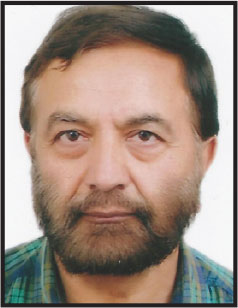 Rakesh Lohumi
Rakesh Lohumi 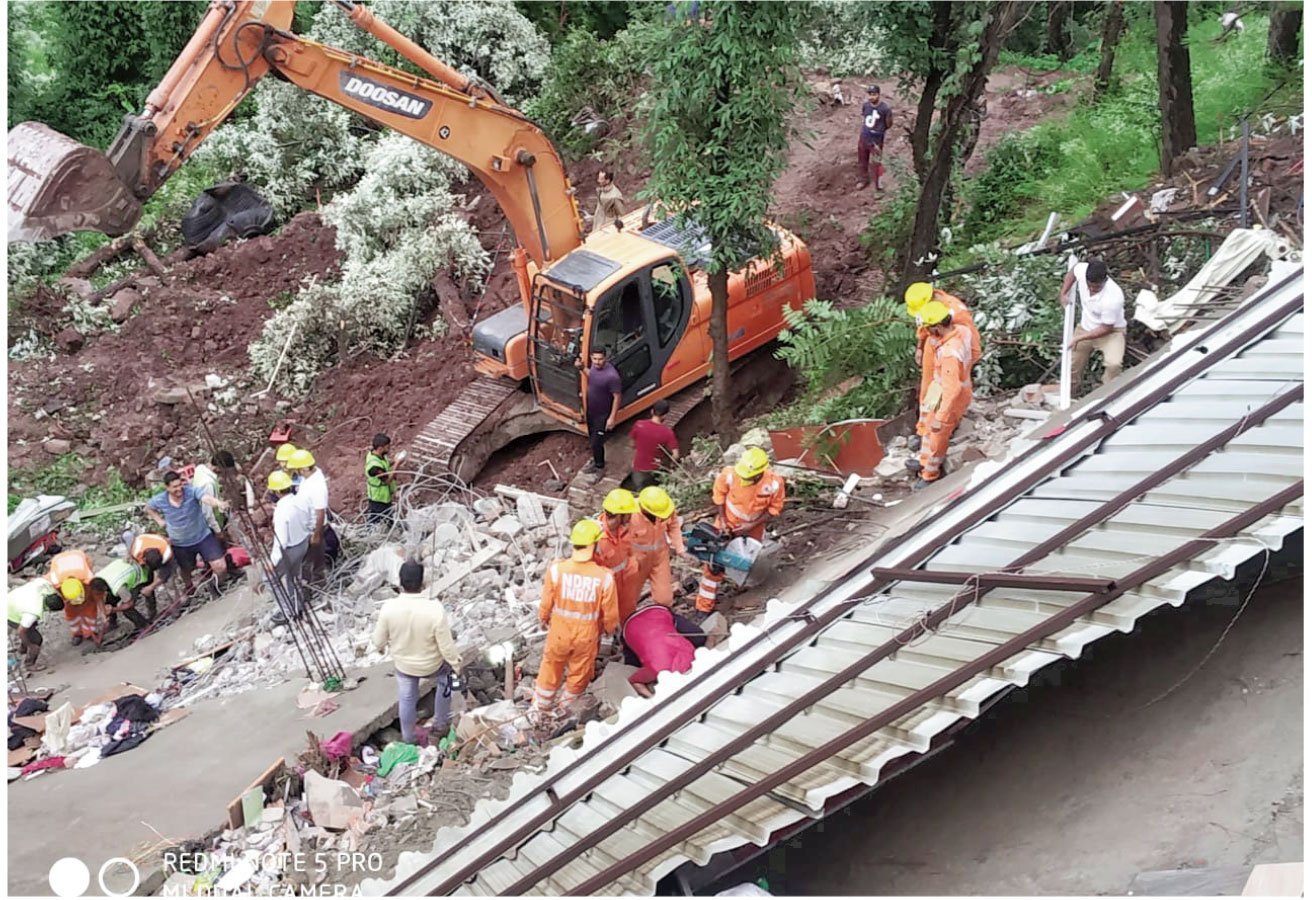 Rescue operations to extricate victims burried under the debris of collapsed five-storey structure
Rescue operations to extricate victims burried under the debris of collapsed five-storey structure
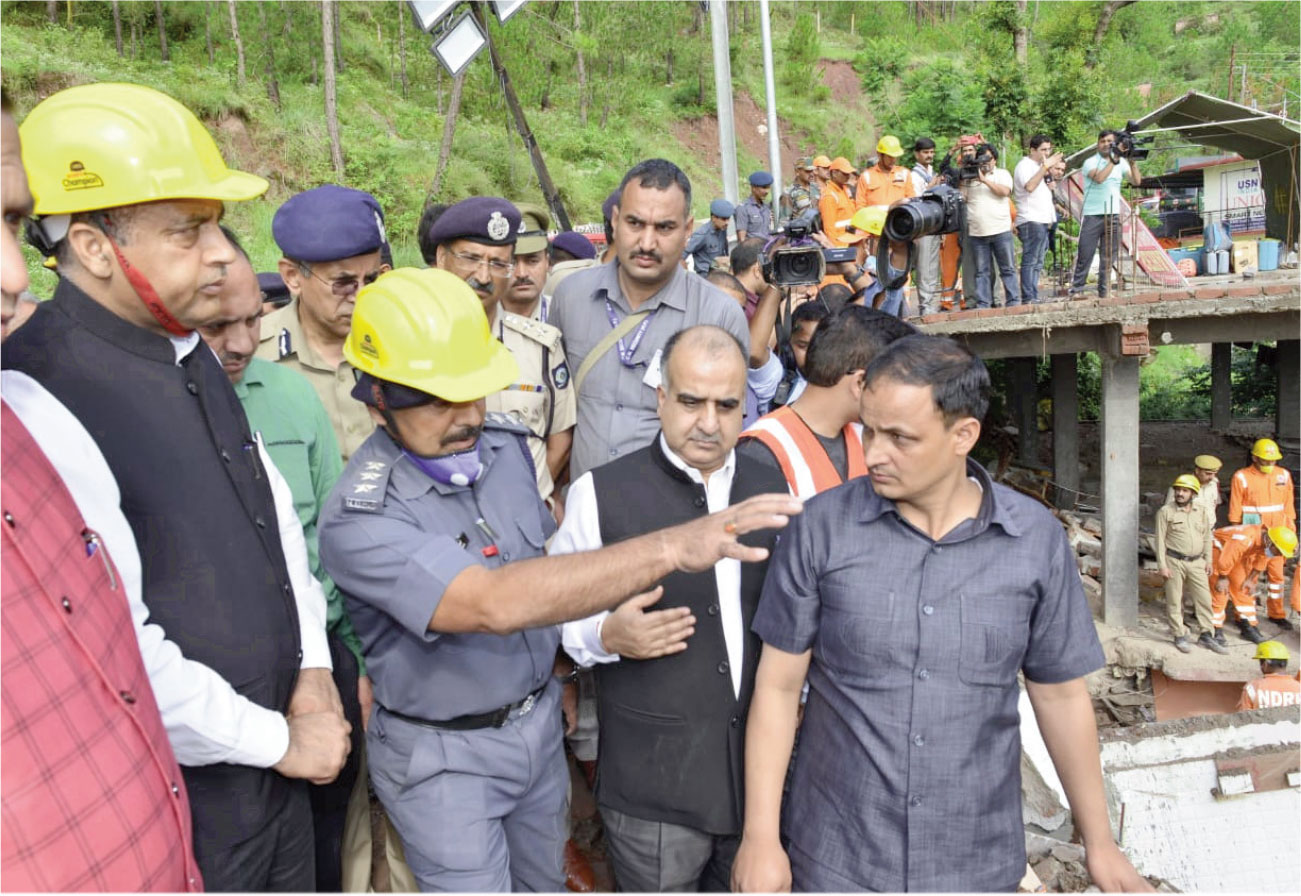 Chief Minister Jairam Thakur at the mishap site with officers supervising rescue operations
Chief Minister Jairam Thakur at the mishap site with officers supervising rescue operations
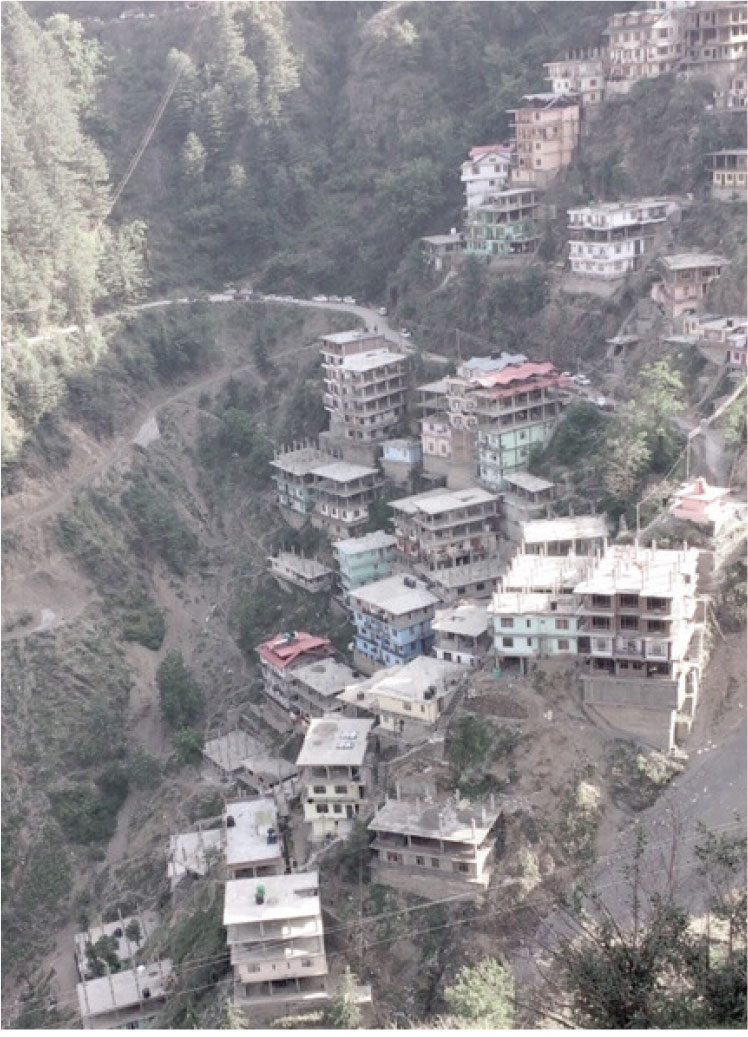 Haphazard construction in the Dhalli area of Shimla
Haphazard construction in the Dhalli area of Shimla
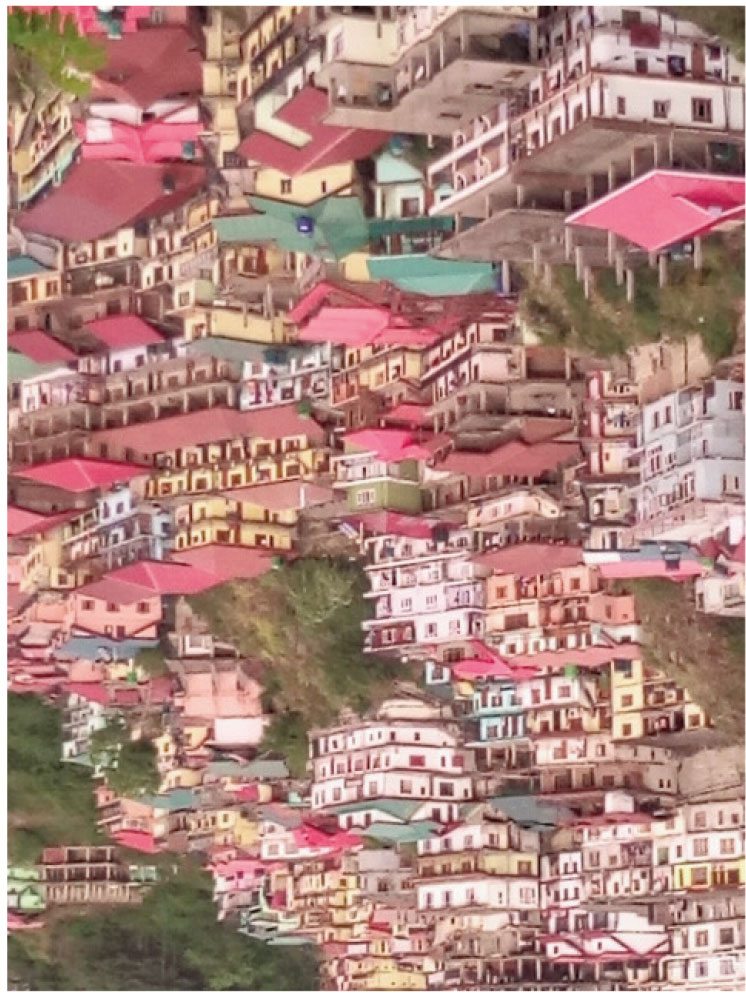 A view of haphazrad construction of buildings in the Sanjauli area of Shimla.
A view of haphazrad construction of buildings in the Sanjauli area of Shimla.
